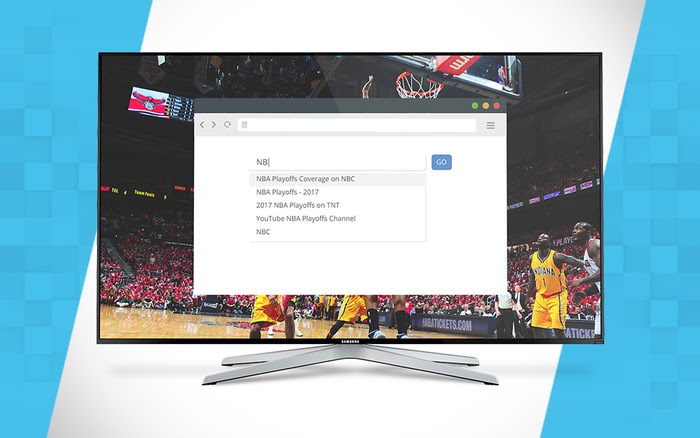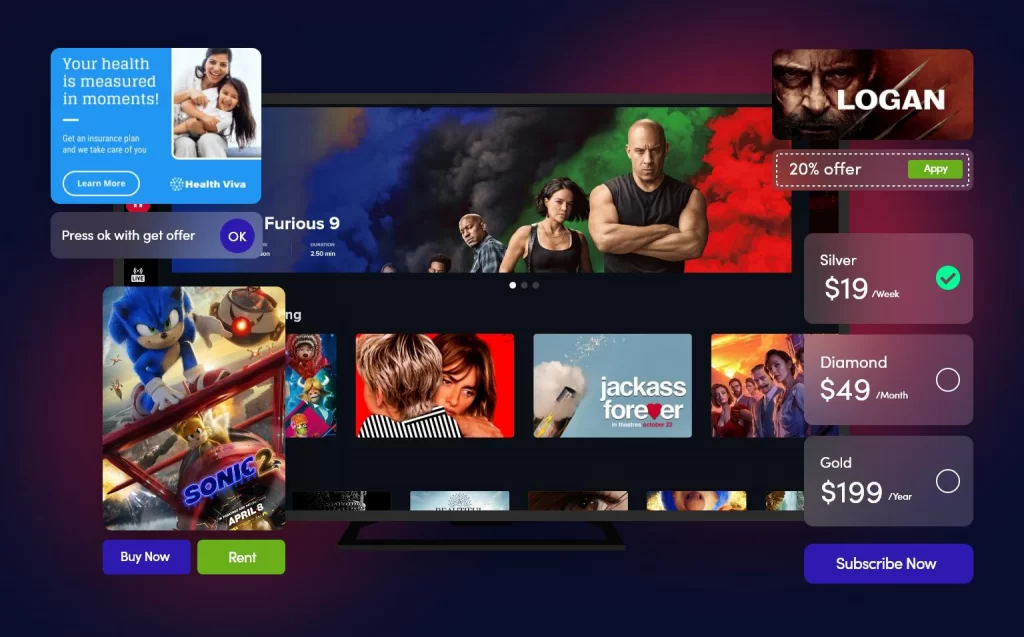Apollo Group Tv for Dummies
Apollo Group Tv for Dummies
Blog Article
Apollo Group Tv Fundamentals Explained
Table of Contents3 Simple Techniques For Apollo Group TvSome Ideas on Apollo Group Tv You Need To KnowThe Apollo Group Tv Statements9 Easy Facts About Apollo Group Tv Shown
In this scenario, rather than having three-minute industrial places during a 30-minute television program, TV programs might change to one where a consumer will be called for to have a monthly registration, to ensure that they cen view targeted banner advertisements. This kind of advertising already occurs on the web, and the quantity of information television business gather permits them to do a lot the same.Describe the major fads amongst the broadcasting and cable television networks. Popular radio reveals such as authorities dramatization Dragnet and western cowboy collection Gunsmoke were adjusted for television, and brand-new TV shows were funded by solitary advertisers, just as radio shows had actually been.
Today, the tv industry is even more complex. Programs are funded by multiple advertisers; programming is regulated by major media conglomerates; and the three significant networks no more dominate the airwaves but rather share their audiences with numerous cord channels. Numerous elements account for these patterns within the industry, consisting of technological growths, federal government regulations, and the creation of brand-new networks.

About Apollo Group Tv
Even public tv has come to be based on the influence of marketing. Established in 1969, (PBS) created out of a record by the Carnegie Commission on Educational Tv, which took a look at the role of educational, noncommercial tv on society. The record advised that the government financing public television in order to offer diversity of programming throughout the network eraa service developed "not to market products" but to "boost citizenship and civil service (McCauley, 2003)." Public television was also meant to provide universal accessibility to television for customers in backwoods or visitors who might not manage to pay for personal tv solutions.
The duration between 1950 and 1970 is historically acknowledged as the. Besides a tiny part of airtime regulated by public tv, the three major networks (called the Big Three) dominated the tv sector, collectively accounting for more than 95 percent of prime-time watching. In 1986, Rupert Murdoch, the head of international company Information Corp, released the Fox network, challenging the supremacy of the Big 3.
Targeting young and minority audiences with shows such as Buffy the Vampire Killer, Moesha, Dawson's Creek, and The Wayans Bros., the brand-new networks intended to attract stations away from their old network affiliations. Instead than repeating the success of Fox, UPN and WB struggled to make an effect. Not able to bring in many affiliate stations, the 2 new networks reached fewer homes than their larger competitors since they were inaccessible in some smaller cities.
This decision paved the way for the advancement of wire film channels, adding to the rapid growth of cable television in the 1980s and 1990s. apollo tv. Further deregulation of cable in the 1984 Cable Communications Policy Act eliminated restrictions on cord rates, allowing operators to bill what they desired for cord solutions as long as there worked competitors to the service (a requirement that over 90 percent of all cable markets could fulfill)
Apollo Group Tv for Dummies

Having actually created the very first "superstation," Turner broadened his world by establishing 24-hour information network CNN in 1980. At the end of the year, 28 nationwide shows solutions were available, and the cord change had actually started. Over the following years, the market went through a duration of quick development and appeal, and by 1994 audiences might select from 94 fundamental and 20 costs wire services.
Figure 9 - https://telegra.ph/Apollo-Group-TV-Your-Ultimate-Streaming-Solution-10-14.16 Boosted competition from cable channels has actually created a stable decrease in the networks' audience scores. Throughout the 1950s, the cost of creating a single tv More Bonuses show boosted as programs became longer and manufacturing costs soared. Sponsorship on network tv changed from solitary sponsorship, in which a program was completely sustained and generated by one advertiser, to multiple sponsorship, in which advertisers bought 1- or 2-minute areas on the program
Pick one of the Big 4 networks and publish out its once a week shows routine. Enjoy the network's prime-time programs over the training course of a week, keeping in mind the target market for each show.
See This Report on Apollo Group Tv

Direct TV, usually described as traditional broadcast TV, includes cord and satellite tv. It's called "straight" due to the fact that web content follows an established programs timetable, unlike on-demand web content which the specific viewer decides to watch based on their own preferences and schedule. When you ask, "What is direct TV?", believe of it as the classic means of viewing TV that has been around for decades.
Report this page